Home>diy>Building & Construction>How Has Construction Changed Over Time
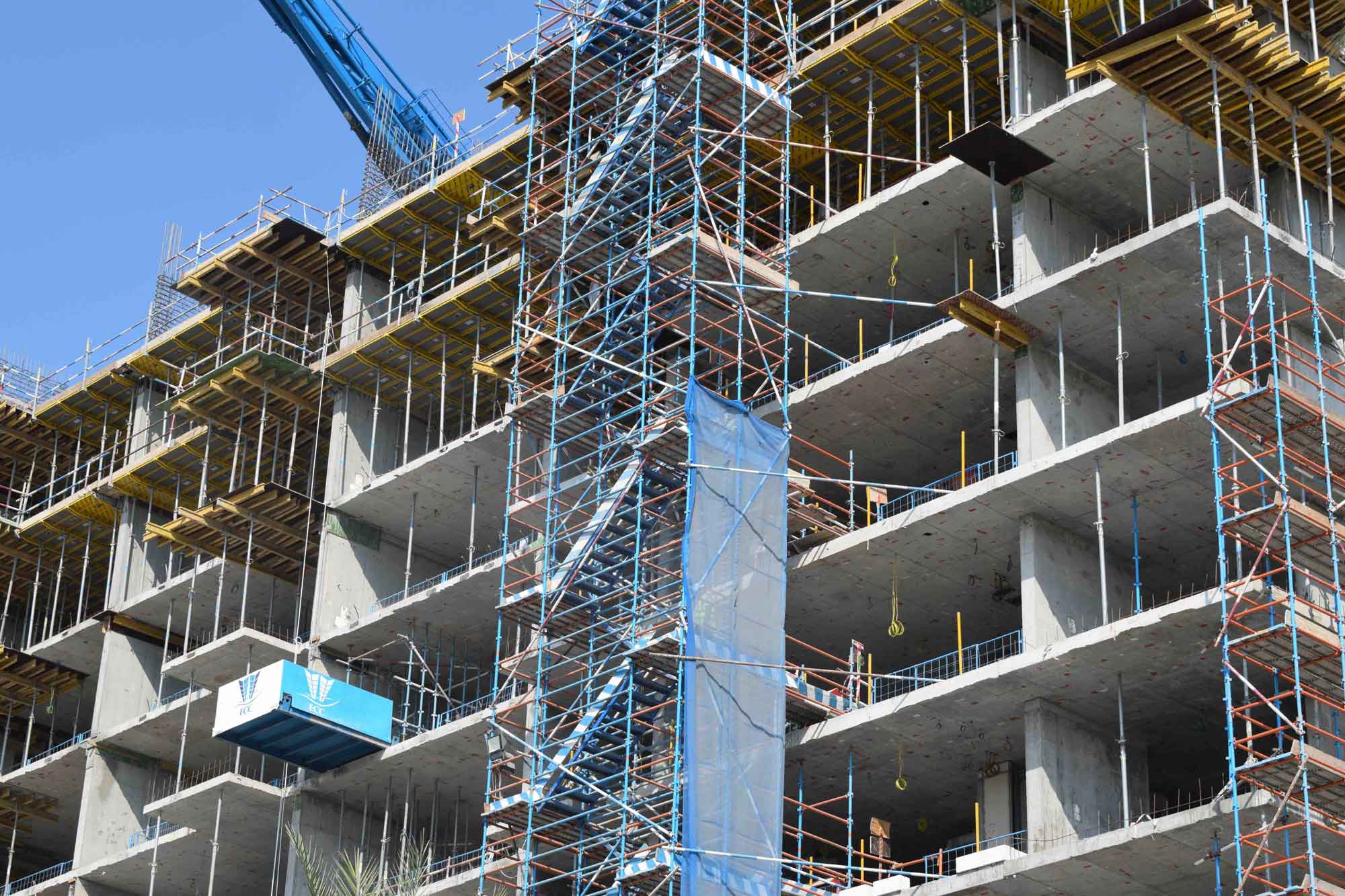

Building & Construction
How Has Construction Changed Over Time
Modified: January 24, 2024
Discover the evolution of building construction methods over time and how it has influenced the modern construction industry. Explore the innovations and advancements that have shaped the construction landscape.
(Many of the links in this article redirect to a specific reviewed product. Your purchase of these products through affiliate links helps to generate commission for Storables.com, at no extra cost. Learn more)
Introduction
Welcome to the fascinating world of construction! Throughout history, human beings have been constructing buildings and structures to meet their needs and aspirations. From the awe-inspiring pyramids of Egypt to the towering skyscrapers of modern cities, construction has played a pivotal role in shaping our societies.
This article will take you on a journey through time, exploring how construction techniques and practices have evolved over the years. We will delve into the historical advancements, the influence of the industrial revolution, and the modern-day innovations that have transformed the construction industry. Additionally, we will examine the changing architectural trends that reflect the cultural shifts of each era.
So, let’s put on our hard hats and dive into the exciting world of construction, as we explore how this ever-evolving industry has shaped the way we live, work, and build.
Key Takeaways:
- Construction has evolved from ancient marvels to modern sustainability, driven by technological advancements and societal values. The industry’s future lies in embracing innovation and addressing environmental concerns for a more efficient, sustainable, and resilient built environment.
- The construction industry faces challenges and opportunities, including sustainable practices, automation, and prefabrication. Collaboration and innovation will shape a future where construction integrates seamlessly with the environment and enhances community well-being.
Read more: How Did The Television Change Over Time?
Historical Overview
Construction has been an integral part of human civilization since the dawn of time. The earliest civilizations, such as ancient Egypt and Mesopotamia, employed remarkable construction techniques that still amaze us today. These ancient builders utilized massive stones and complex engineering to construct awe-inspiring structures like the pyramids and ziggurats.
During the medieval period, construction methods were influenced by the architectural styles of the time. Gothic cathedrals rose to prominence, featuring intricate flying buttresses and vaulted ceilings. The use of pointed arches and ribbed vaults allowed for greater height and stability, creating the iconic soaring spaces that define Gothic architecture.
The Renaissance period brought about a revolution in construction with a renewed interest in classical architecture. The rediscovery of ancient Roman and Greek architectural principles led to innovations in construction techniques. Architects such as Filippo Brunelleschi introduced the concept of perspective and utilized mathematical principles in designing structures like the Florence Cathedral.
During these historical periods, construction was a labor-intensive process. Skilled craftsmen meticulously crafted buildings using simple tools and techniques handed down through generations. The construction process was often slow and painstaking, but it resulted in enduring structures that have withstood the test of time.
Industrial Revolution and Modernization
The industrial revolution in the 18th and 19th centuries brought about a profound transformation in the construction industry. The advent of machinery and the development of new technologies revolutionized the way buildings were constructed.
One of the major influences of the industrial revolution was the introduction of machinery in the construction process. Steam-powered engines and heavy equipment such as cranes and steamrollers replaced manual labor, significantly increasing the speed and efficiency of construction projects. The use of machinery allowed for the handling of heavy materials and the excavation of large-scale projects, enabling the construction of massive structures like bridges and skyscrapers.
The industrial revolution also saw the rise of mass production techniques, which had a significant impact on the construction industry. Prefabricated components and standardized building materials, such as steel and concrete, became widely used. This shift to mass production reduced construction costs and timeframes, making buildings more affordable and accessible to a larger population. It also allowed for the replication of designs, leading to the development of uniform neighborhoods and cities.
In addition to increased efficiency, the advancements brought about by the industrial revolution also improved safety in construction. The introduction of safety codes and regulations, as well as the development of safety equipment, such as harnesses and hardhats, aimed to protect workers from accidents and injuries. The use of machinery also reduced the need for dangerous manual labor, minimizing risks associated with heavy lifting and working at great heights.
Overall, the industrial revolution and subsequent modernizations in the construction industry had a profound impact on the efficiency, affordability, and safety of construction projects. These advancements set the stage for further innovations and propelled the industry into the modern era.
Contemporary Construction Practices
In recent years, the construction industry has witnessed a shift towards more sustainable and environmentally-conscious practices. As the world grapples with the effects of climate change, there is a growing emphasis on sustainable construction and the integration of green technologies.
Sustainable construction focuses on reducing the environmental impact of buildings throughout their entire lifecycle. This includes factors such as energy efficiency, water conservation, and the use of environmentally-friendly materials. Construction companies are adopting green building certifications, such as LEED (Leadership in Energy and Environmental Design) and BREEAM (Building Research Establishment Environmental Assessment Method), to ensure that their projects meet rigorous sustainability standards.
Advancements in building materials and techniques have also played a crucial role in contemporary construction practices. Materials like recycled steel, engineered wood, and eco-friendly insulation are being used to create energy-efficient and sustainable buildings. Additionally, innovative construction techniques, such as off-site modular construction, reduce waste and construction time while improving quality and efficiency.
An emerging trend in the construction industry is the adoption of smart and digital construction practices. These technologies leverage the power of data and automation to optimize the entire construction process. Building Information Modeling (BIM) software allows for seamless collaboration between architects, engineers, and contractors, improving project coordination and reducing errors. Internet of Things (IoT) devices, such as sensors and monitoring systems, enable real-time data collection and analysis, optimizing building performance and maintenance.
Furthermore, smart building systems, including energy management systems and automated controls, enhance energy efficiency and occupant comfort. These technologies not only contribute to the sustainability of the built environment but also offer increased convenience and functionality for building users.
With the increasing focus on sustainable construction, the advancements in building materials, and the integration of smart technologies, contemporary construction practices are reshaping the industry towards a more environmentally-friendly and digitally-driven future.
Tip: Construction has evolved with technological advancements, leading to faster and more efficient building processes. Sustainable materials and practices are also becoming more prevalent, reducing environmental impact. Stay updated on industry trends to adapt and thrive in the changing construction landscape.
Changing Architectural Trends
Architectural styles and trends have continuously evolved throughout history, reflecting the cultural, social, and technological shifts of each era. From the grandeur of ancient civilizations to the sleek and modern designs of the present day, architecture reflects the values and aspirations of a society.
The evolution of architectural styles can be traced through the centuries. Each period has its own distinct characteristics and influences. From the classical orders of ancient Greece and Rome to the ornate details of Gothic architecture, architects have continuously drawn inspiration from the past while incorporating contemporary elements into their designs.
With the rise of industrialization in the 19th century, architecture took on a more utilitarian and functional approach. The modernist movement emerged, emphasizing simplicity, clean lines, and the use of new materials such as steel and glass. The mid-20th century saw the rise of postmodern architecture, which combined elements of historic styles with a playful and eclectic approach.
Architecture is not just influenced by design trends; it also reflects cultural shifts and societal values. For example, the rise of globalism and multiculturalism in the 21st century has led to the blending of architectural styles from different regions and cultures. Buildings now aim to showcase diversity and inclusivity.
Cultural shifts also impact the construction industry in terms of functionality and sustainability. The emphasis on green buildings and sustainable practices is a direct response to the growing environmental awareness and the need to address climate change. Architects and designers are incorporating renewable energy systems, green roofs, and passive design strategies to create buildings that are energy-efficient and environmentally responsible.
Furthermore, cultural influences can be seen in the incorporation of local materials and traditional building techniques. Architects are also taking into consideration social and cultural needs, such as designing spaces that promote community engagement and well-being.
Architectural trends will continue to evolve as society progresses and new challenges arise. The industry will increasingly focus on sustainable and resilient design, as well as incorporating technological advancements to create buildings that are responsive to the needs of the future.
Read more: How To Change The Time On An Oven
Challenges and Future Outlook
The construction industry faces a range of challenges as it looks towards the future. However, these challenges also present opportunities for innovation and growth. Here are three key areas that will shape the industry in the coming years.
Addressing Environmental Concerns: As the world becomes more conscious of the environmental impact of construction, there is a growing need for sustainable practices. The industry must find ways to reduce carbon emissions, minimize waste, and conserve resources. This includes adopting green building practices, using renewable materials, and implementing energy-efficient technologies. Additionally, incorporating circular economy principles, such as recycling and reusing materials, will play a crucial role in mitigating the environmental impact of construction.
Integrating Automation and Robotics: Automation and robotics have the potential to revolutionize the construction industry. By automating repetitive tasks and utilizing robotics for complex operations, productivity and efficiency can be greatly improved. Robotic systems can assist in tasks like bricklaying, concrete pouring, and even 3D printing of buildings. Integrating these technologies can reduce labor costs, improve safety, and accelerate project timelines.
Embracing Prefabrication and Modular Construction: Prefabrication and modular construction offer tremendous potential in addressing cost, time, and quality challenges in the construction industry. With off-site construction methods, building components are manufactured in controlled factory conditions, enabling greater efficiency and precision. Prefabricated and modular construction also significantly reduces on-site waste and disruption. Embracing these methods allows for faster construction timelines, lower costs, and increased sustainability.
Looking ahead, the construction industry must actively navigate these challenges and embrace innovative solutions. Collaboration between stakeholders, including architects, engineers, contractors, and policymakers, is key to driving change and overcoming barriers in a rapidly evolving industry.
By implementing sustainable practices, integrating automation and robotics, and embracing prefabrication and modular construction, the construction industry can effectively address present challenges and shape a more efficient, sustainable, and resilient future.
Conclusion
The construction industry has come a long way throughout history, witnessing remarkable advancements and enduring transformations. From ancient civilizations to the modern era, construction techniques have evolved, driven by technological innovations, changing societal values, and environmental concerns.
Historically, ancient construction techniques showcased the ingenuity and craftsmanship of civilizations like Egypt and Mesopotamia. The medieval period introduced Gothic cathedrals and intricate architectural details, while the Renaissance brought about a revival of classical principles and mathematical precision.
The industrial revolution propelled construction into the modern era, with the introduction of machinery and mass production techniques. Construction became quicker, more efficient, and safer. In recent years, the industry has shifted towards sustainable practices, utilizing green technologies and innovative building materials.
Architectural trends have reflected cultural shifts and societal values, with styles ranging from classical to modernist and postmodernist designs. Today, architecture embraces diversity and incorporates sustainable practices that address climate change and energy efficiency.
Looking towards the future, the construction industry faces challenges that require creative solutions. Addressing environmental concerns, integrating automation and robotics, and embracing prefabrication and modular construction are key areas for growth and innovation.
The construction industry has the unique opportunity to shape the built environment while minimizing its impact on the planet. Through sustainable practices, technological advancements, and collaboration, the industry can create buildings and structures that are not only functional and aesthetically pleasing but also environmentally responsible.
As we move forward, it is important for the construction industry to continue seeking ways to improve efficiency, safety, and sustainability. By embracing innovation and adapting to evolving societal needs, we can build a future where construction integrates seamlessly with the environment and enhances the well-being of communities worldwide.
So, let us continue to build, shape, and transform our world, keeping in mind the rich history of construction and the exciting possibilities that lie ahead.
Frequently Asked Questions about How Has Construction Changed Over Time
Was this page helpful?
At Storables.com, we guarantee accurate and reliable information. Our content, validated by Expert Board Contributors, is crafted following stringent Editorial Policies. We're committed to providing you with well-researched, expert-backed insights for all your informational needs.



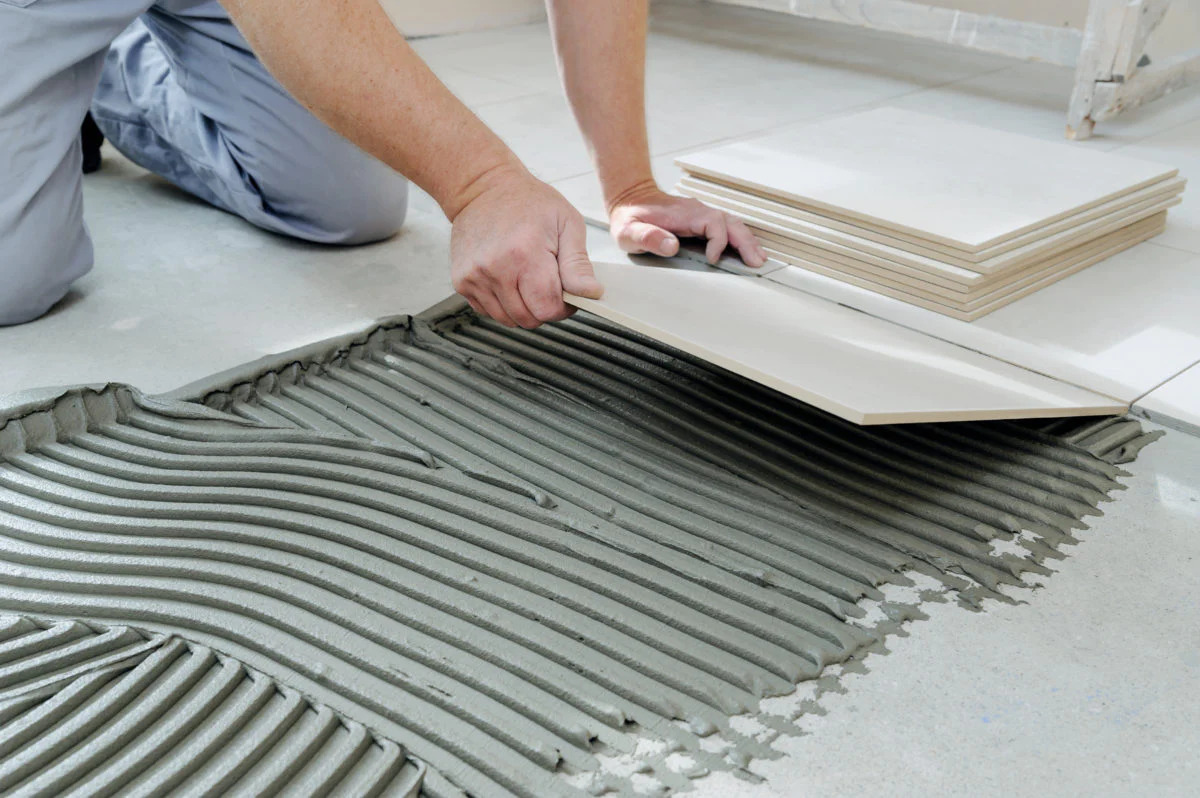





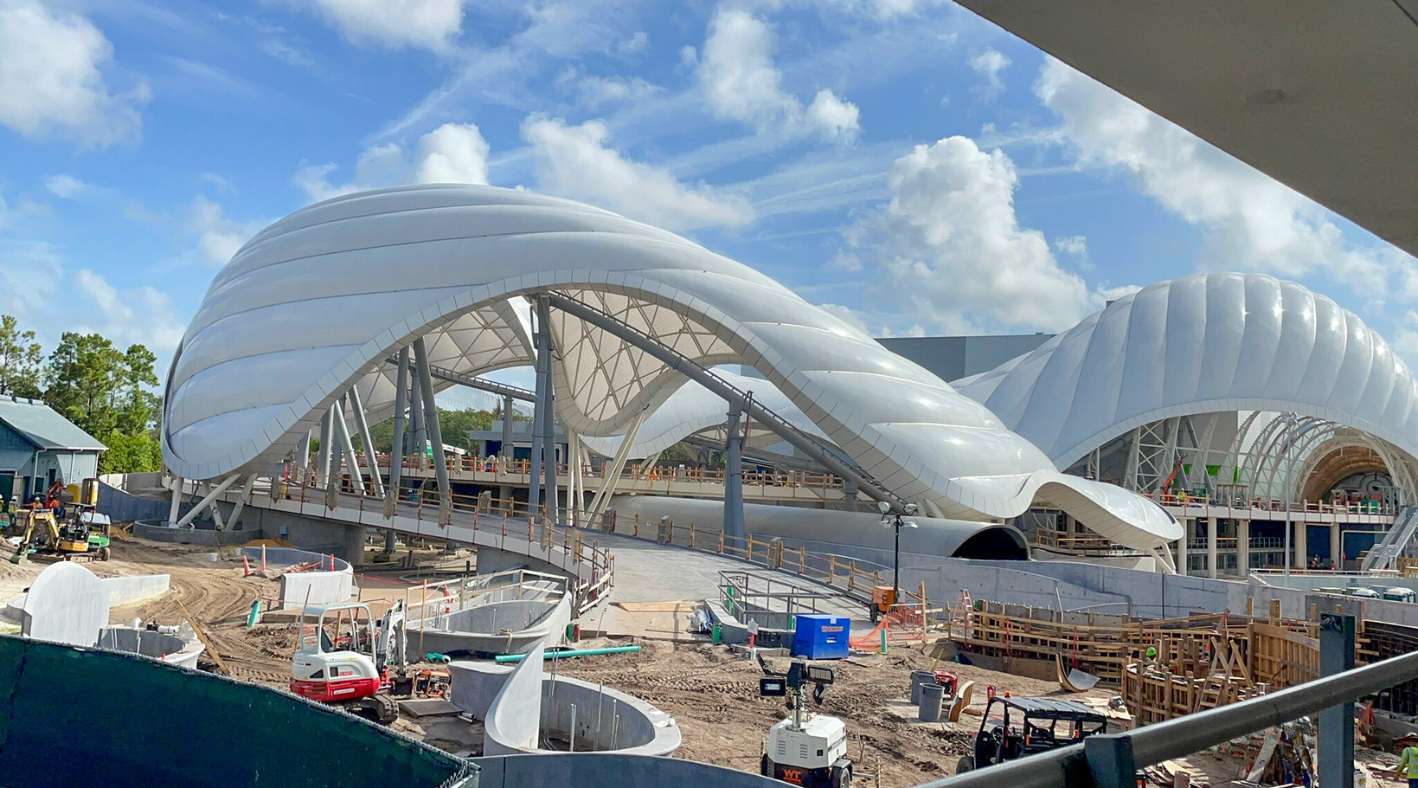
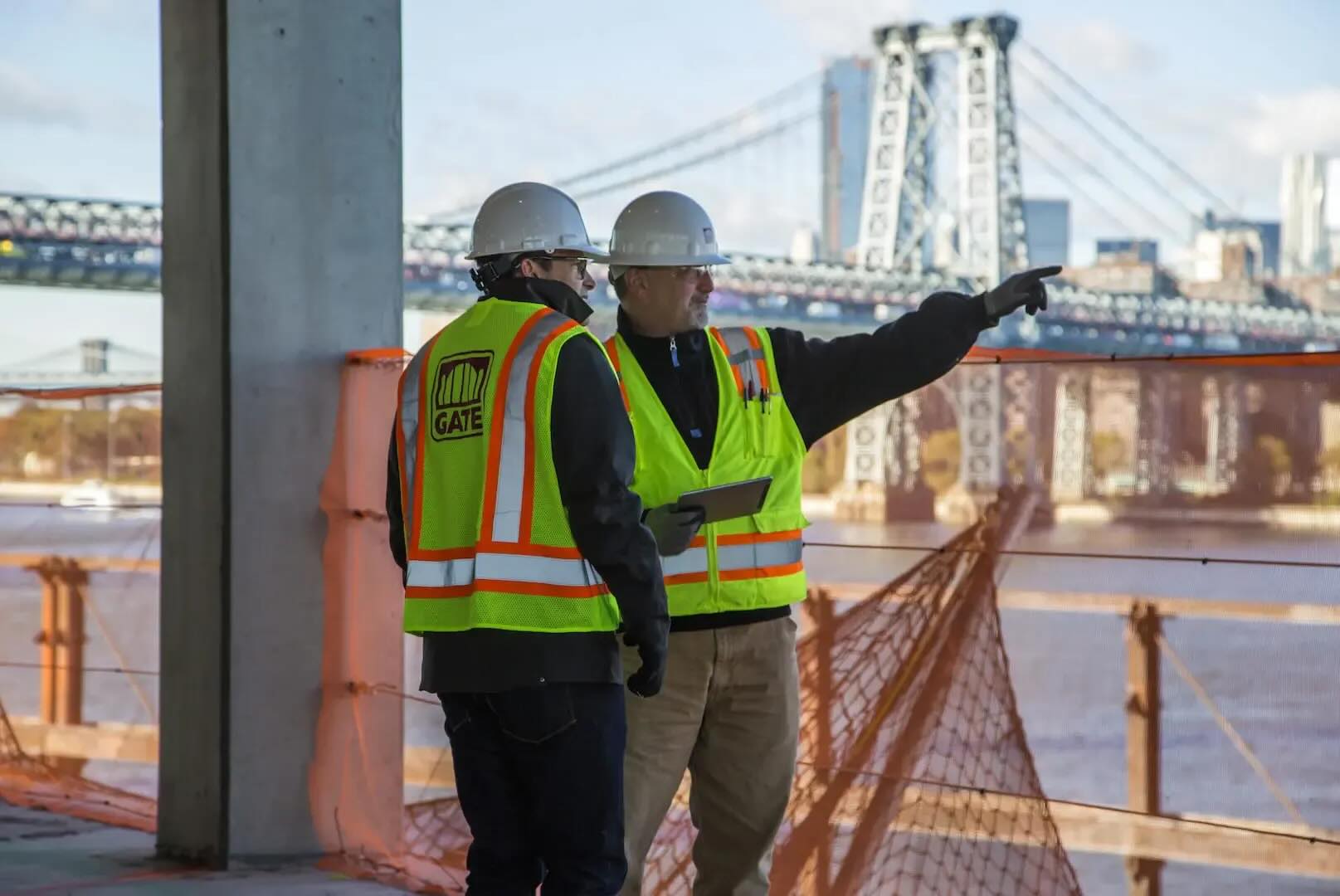

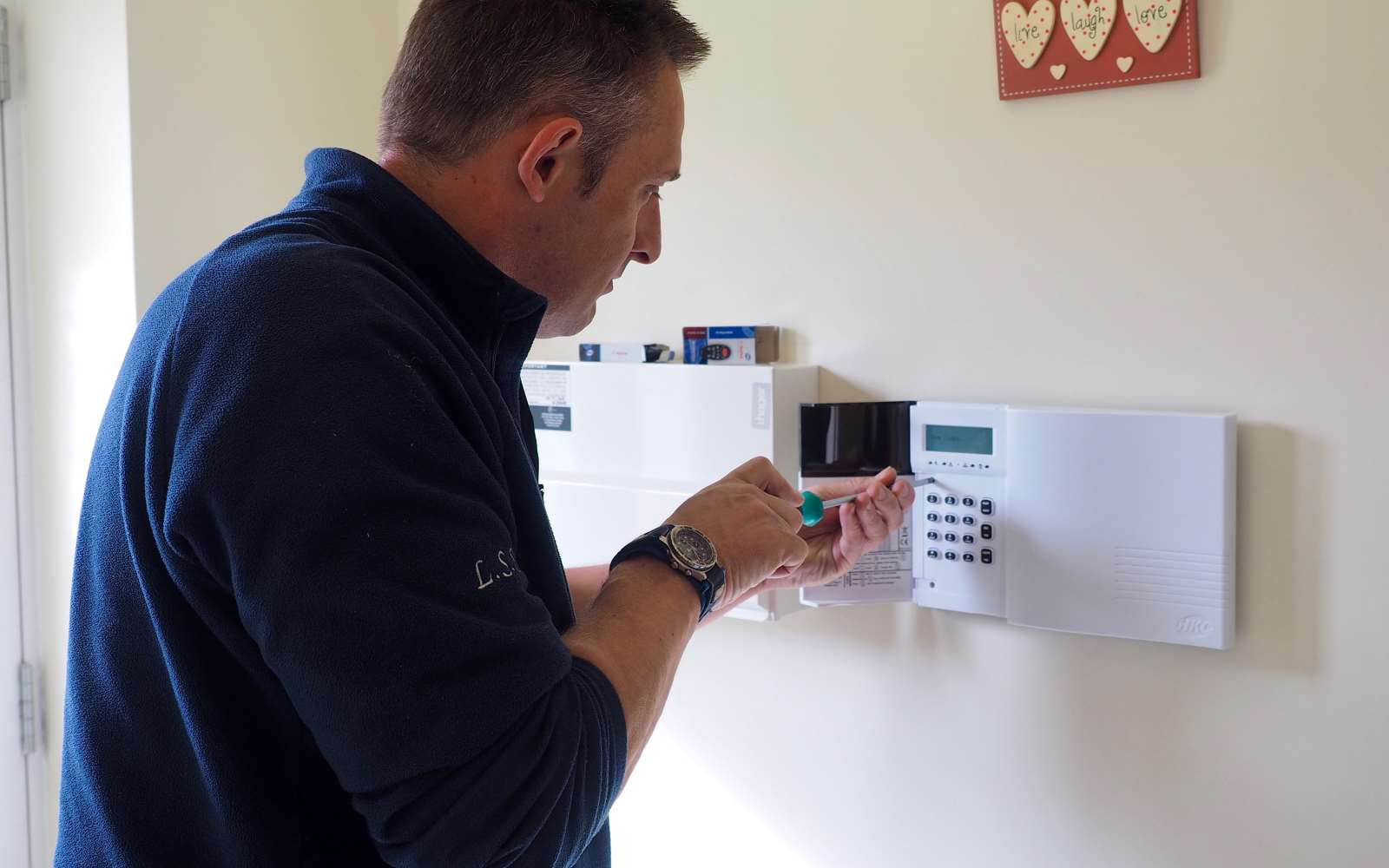
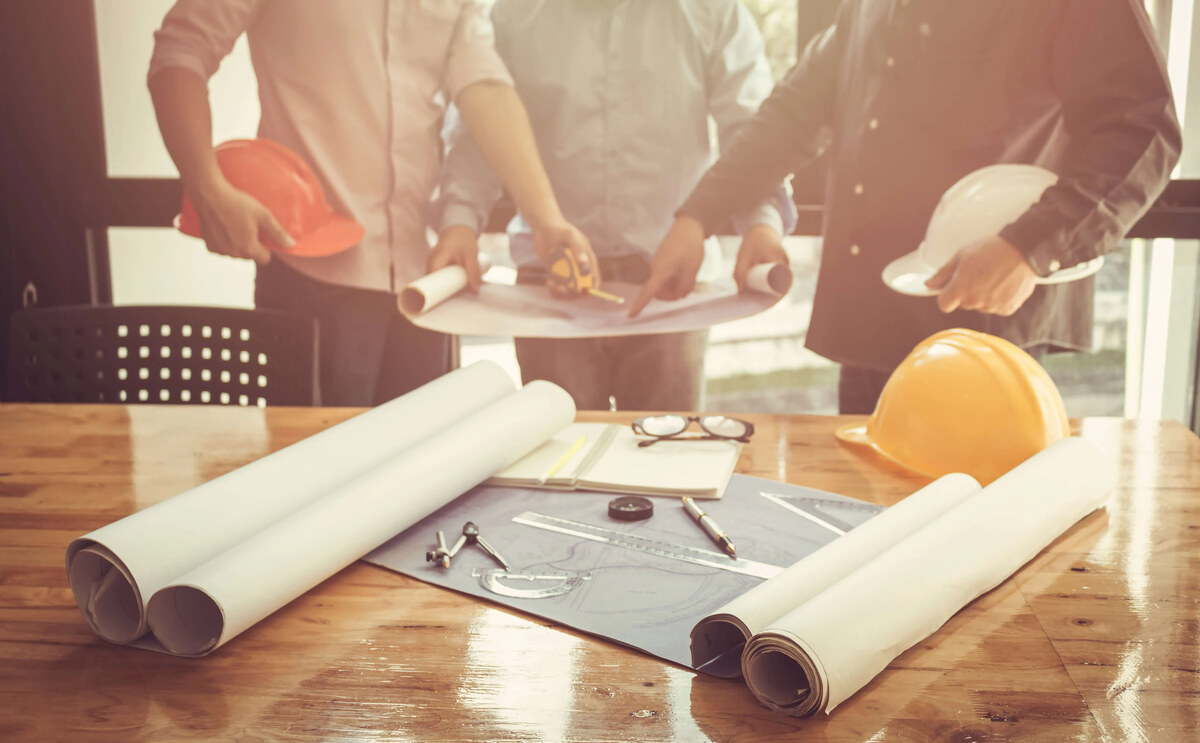

0 thoughts on “How Has Construction Changed Over Time”